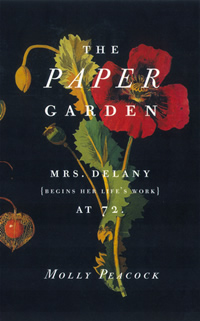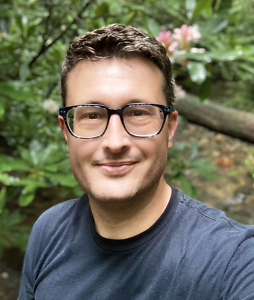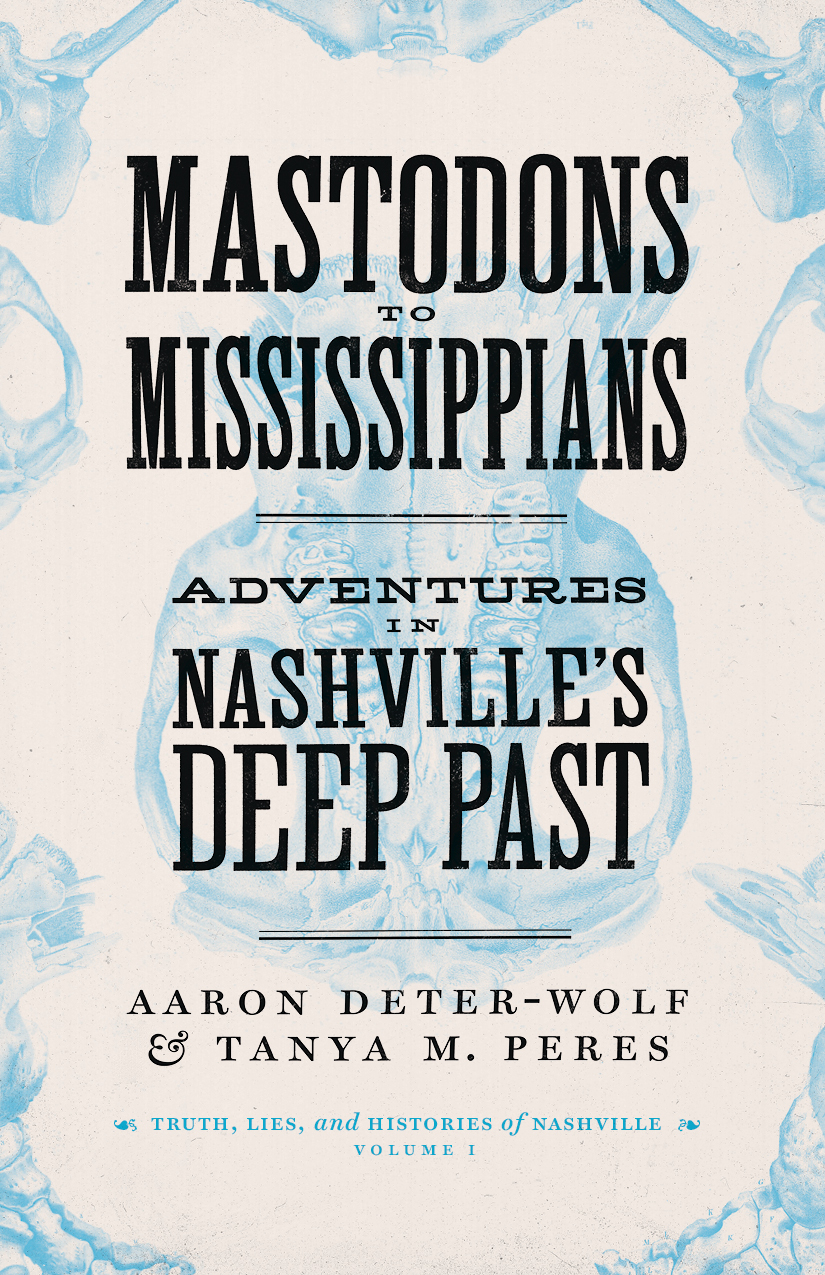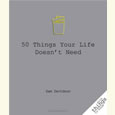A Prelinguistic Place
Molly Peacock talks with Chapter 16 about writing, performing, and teaching poetry
“Like being stupidly in love, this art leaves you dumbstruck. Yet how rare—and thrilling—to be struck dumb in the all too articulate world.”
That’s poet Molly Peacock, writing about poetry in her 1999 book, How to Read a Poem…and Start a Poetry Circle. Poetry’s ability to move us to what Peacock calls a “prelinguistic place” is apparent in her own poems, which are filled with sensual imagery and often concerned with the many guises of love. The first of her six collections of poetry, And Live Apart, was published in 1980, and her most recent book of poems is The Second Blush (2008). In addition to creating a highly regarded body of poetry, Peacock has been an energetic evangelist for the art. While president of the Poetry Society of America, she initiated the “Poetry in Motion” program, which during the 1990s put placards with compact chunks of verse onto public transit in New York, Chicago, and other major American cities.
The particular challenges of the woman artist are central concerns for Peacock, and her 1998 memoir, Paradise, Piece by Piece, is a graceful account of her difficult early life, her development as a poet, and her decision to forgo motherhood. Katha Pollitt called it “a beautiful, moving memoir of hard-won happiness.” Peacock’s most recent book, due for U.S. publication in April 2011, is The Paper Garden: Mrs. Delany Begins Her Life’s Work At 72.
 A native of Buffalo, New York, Peacock now lives in Toronto. She is on the faculty of Spalding University’s low-residency MFA program, and she also works privately with poets and writers. Prior to her reading at Vanderbilt University on October 7, she answered questions from Chapter 16 via email.
A native of Buffalo, New York, Peacock now lives in Toronto. She is on the faculty of Spalding University’s low-residency MFA program, and she also works privately with poets and writers. Prior to her reading at Vanderbilt University on October 7, she answered questions from Chapter 16 via email.
Chapter 16: Can you tell us a little about your new book and how that project came about?
Peacock: The Paper Garden: Mrs. Delany Begins Her Life’s Work at 72 is both a biography of the amazing eighteenth-century botanical collage artist Mrs. Delany and a meditation on late-life creativity. It uses a dozen of her spectacular cut-paper images of flowers on dramatic black backgrounds, each as a window into a period of her life, trying to answer the question, How does a woman up and invent a new art form at the age of seventy-two? It’s a poet’s take on an artist, and a twenty-first-century woman’s view of a woman from the past.
Chapter 16: You once wrote that the “apprehension of a poem is a sensuous mental activity.” Do you think it’s harder to engage that sensuous response to poetry in the digital age, when people are so accustomed to processing everything at lightning speed?
Peacock: Yes and no. Poetry is the perfect screen-size art. As I have more and more personal contact with screens, I have developed a sensuous mental feel for them. On the other hand, the tactile sense of handling the poem is lost. But people lose themselves for hours on computer screens, too. I haven’t lost hope for the sensuous response.
Chapter 16: In your memoir, Paradise, Piece by Piece, you wrote about the decision to remain childless as a positive choice in favor of your life as an artist. Have you encountered opposition to the idea that a woman artist might need to choose?
Peacock: No, I am always surprised at how many people express sympathy for the dilemmas I raise in my memoir. In radio interviews, in print interviews, in emails, in blogs, I have never, to my utter surprise, had anyone say that I should have had children or that my dilemma was a false one. Once in a while someone tries to make it controversial, but it just plain doesn’t seem to be. Everyone seems to understand that the inner focus of the creative life and the outer focus of parenting are contradictions that artists have to negotiate. I sometimes think that my decision came about at a certain moment in history, that young women now juggle differently, and that their mothers (in my generation) have taught them that they can have it all. But about once a month I get an email from a woman struggling with this issue. It never gets really loud in the cultural conversation, but it is always going on as a quiet murmur in the back of the room.
Chapter 16: In How to Read a Poem you write about “talisman” poems that serve as creative touchstones for you. Are there new talismans that you have acquired since you wrote that book? Are there things other than poetry that serve as creative touchstones for you?
 Peacock: Oh yes, I have a new triolet talisman: “Vuillard Interior” by Canadian poet Elise Partridge (and that’s not just because her last name is a bird’s). Praxilla’s poem “Adonis in the Underworld” as translated by Sherod Santos. And the poems of eleventh-century Chinese poet Chu Shu Chen, abandoned by her lover. All delicious. Certain pieces of visual art are creative touchstones for me. That’s why Mrs. Delany’s work, which I discovered back in 1986, is so compelling for me.
Peacock: Oh yes, I have a new triolet talisman: “Vuillard Interior” by Canadian poet Elise Partridge (and that’s not just because her last name is a bird’s). Praxilla’s poem “Adonis in the Underworld” as translated by Sherod Santos. And the poems of eleventh-century Chinese poet Chu Shu Chen, abandoned by her lover. All delicious. Certain pieces of visual art are creative touchstones for me. That’s why Mrs. Delany’s work, which I discovered back in 1986, is so compelling for me.
Chapter 16: You have written of poetry as something that needs to be shared and performed, but also as something very intimate and personal. How do you negotiate the conflict between the need for community and the need for the privacy to create?
Peacock: It’s a strange balancing act. If I’m out and about, reading my poetry or performing it, then I have an extreme need to stay home in my bathrobe and just be, being ready to write a poem. Generating poetry requires solitude, but performing poetry, which means that what I’ve written is now a script for the actor part of me to transform, requires community. Solitude never exhausts me, though, and community, as exciting as it is, can deplete my energy. I think that makes me more a poet than an actor, at heart.
Chapter 16: Speaking about the surreal imagery in your most recent collection of poems, The Second Blush, you said, “For me, surreal images are simply part of living my life as a poet.” Is it necessary for a poet to have a slight tilt toward the surreal? Can it be cultivated?
Peacock: Gosh, you know, I’m not sure if a poet’s imagery can be cultivated, but a noticing state of mind can be cultivated, and if you become a noticer, even the kind of person who counts how many stairs in a stairwell, or the legs on an insect, or the length of hesitation in a voice, then you become aware of the disjunct between what we think of as “ordinary” and the experience the noticer is really having. That’s the sur in surreal.
Chapter 16: You’re a teacher of poetry, both in academic settings and one to one. How does teaching affect your own work, for good or ill?
Peacock: One-to-one teaching can stimulate me, especially if the poet is talented and makes me recall poems as examples, poems I might not have thought of, and the conversation between us excites a genuine exchange. So that affects my work for good. And I hope it affects the student’s work for good, too. That is very much what happens in the Spalding University Brief Residency MFA Program where I teach.
But too much of it, like too much performing, takes me so far out of the place of my own creativity that I’m emptied out, and I’m really ready for that nice blue bathrobe, and the poem that is going to come from my solo, unobligated self. I think that my students love that solo place as well.
Molly Peacock will read from and discuss her work at in Buttrick Hall, Room 102, on the Vanderbilt University campus on October 7 at 7 p.m.





